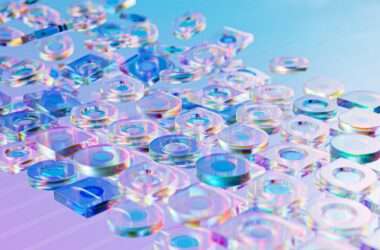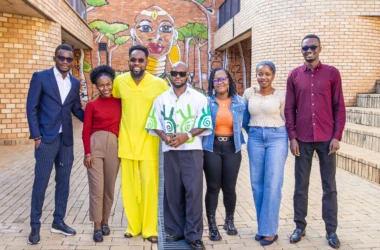Sora is a new video-generation model that OpenAI recently released. According to the AI startup, Sora “may create realistic and imaginative scenes from text instructions.” With the help of the text-to-video technology, users can produce up to a minute-long, photorealistic videos by following written prompts.
According to OpenAI, Sora can create “complex scenes with multiple characters, specific types of motion, and accurate details of the subject and background.” The model can also “genuinely interpret props and generate compelling characters that express vibrant emotions,” according to the business, and it can comprehend how objects “exist in the physical world.”
How OpenAI’s Sora Works
- Natural Language Prompts Interpretation:
- Input: Sora begins with a natural language prompt provided by the user. This prompt can be a sentence or a more detailed description.
- Understanding Context: Sora’s neural architecture processes the prompt, extracting relevant information. It identifies objects, actions, and scene details.
- Semantic Mapping: The model maps the text to a semantic representation that captures the essence of the scene. For example, if the prompt mentions “a bustling Tokyo street,” Sora understands the context of urban life, neon signs, and people.
2. From Text to Visual Frames:
- Neural Architecture: Sora employs a sophisticated neural network architecture, likely based on transformers or similar models.
- Multimodal Fusion: It combines the semantic representation from the prompt with visual features extracted from pre-trained image encoders.
- Generating Frames: Sora generates a sequence of visual frames that represent the video. Each frame corresponds to a moment in the imagined scene.
- Attention Mechanisms: Attention mechanisms allow Sora to focus on relevant parts of the prompt and adjust the visual features accordingly.
3.Training Process:
- Data Collection: Sora is trained on a diverse dataset containing paired text descriptions and corresponding video clips.
- Loss Functions: During training, Sora minimizes various loss functions:
- Pixel-Level Loss: Ensures that generated frames match ground-truth frames pixel by pixel.
- Perceptual Loss: Encourages similarity between high-level features (e.g., object shapes, textures) in generated and real frames.
- Adversarial Loss: Adapts Sora to generate more realistic scenes by competing against a discriminator network.
- Fine-Tuning: Sora undergoes fine-tuning on specific tasks (e.g., video style transfer, scene composition) to specialize its capabilities.
4. Challenges and Trade-offs:
- Temporal Consistency: Ensuring smooth transitions between frames is crucial for video coherence.
- Long-Range Dependencies: Handling long prompts or complex scenes requires managing dependencies across multiple frames.
- Computational Efficiency: Balancing quality and computation time is essential for real-time applications.
5. Ethical Considerations:
- As Sora gains popularity, ethical questions arise:
- Deepfakes: How do we prevent malicious use or misinformation?
- Bias and Representation: Ensuring fair representation across diverse scenes and cultures.
- Transparency: Making Sora’s decision-making process interpretable.
6. Future Directions:
Sora’s capabilities will likely expand:
- Longer video outputs.
- Interactive fine-tuning by users.
- Integration with creative tools for artists and filmmakers.
Prompts and Videos created by Sora
Models can create a video from a still image, add more frames to an already-existing video, or both. A video that appears to have been taken from the inside of a Tokyo train, an aerial view of California during the gold rush, and other Sora-generated demos are included. While OpenAI notes that the model “may struggle with accurately simulating the physics of a complex scene,” several exhibit unmistakable hints of artificial intelligence, such as a floor that moves strangely in a museum film. Nevertheless, the overall results are really amazing.
Text-to-image generators such as Midjourney were at the forefront of models’ capacity to convert words into images a few years ago. However, video has started to advance at an astonishing rate recently. Businesses like Runway and Pika have demonstrated fantastic text-to-video models, and OpenAI’s main rival in this field is likely to be Google’s Lumiere. Like Sora, Lumiere allows users to convert text to video and even make movies from still images.
Only “red teamers” who are evaluating the model for hazards and possible harms can presently access Sora. Some designers, filmmakers, and visual artists can also receive input by granting access to OpenAI. It points out that certain instances of cause and effect may not be correctly interpreted by the current model, nor may it be able to reproduce the physics of a complicated scene with accuracy.
Watermarks are being added to OpenAI’s text-to-image tool DALL-E 3, but the utility adds that they may be “easily removed.” This announcement was made earlier this month. OpenAI will have to deal with the fallout from false, artificial intelligence (AI) photorealistic videos being mistaken for the real thing, just like its other AI offerings




